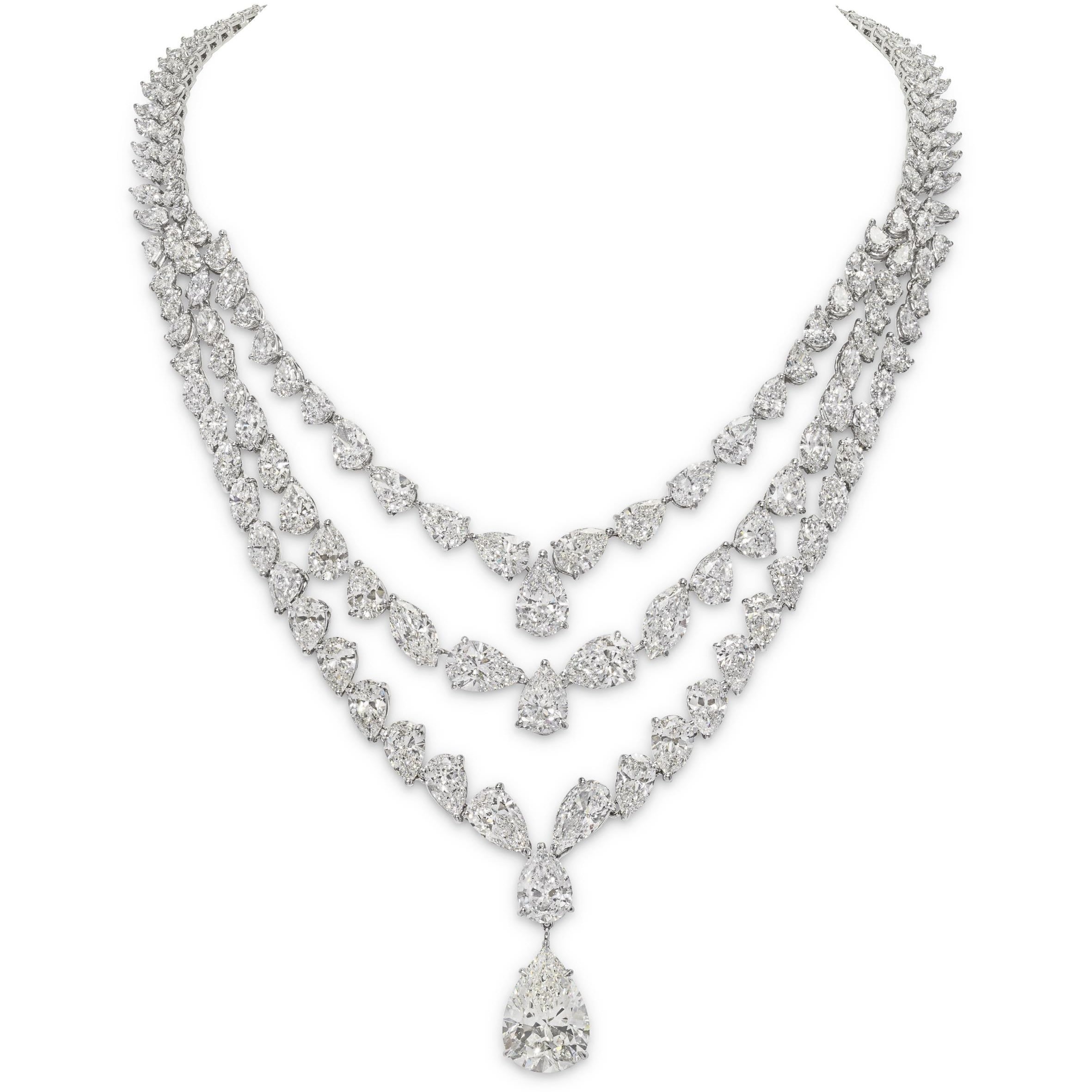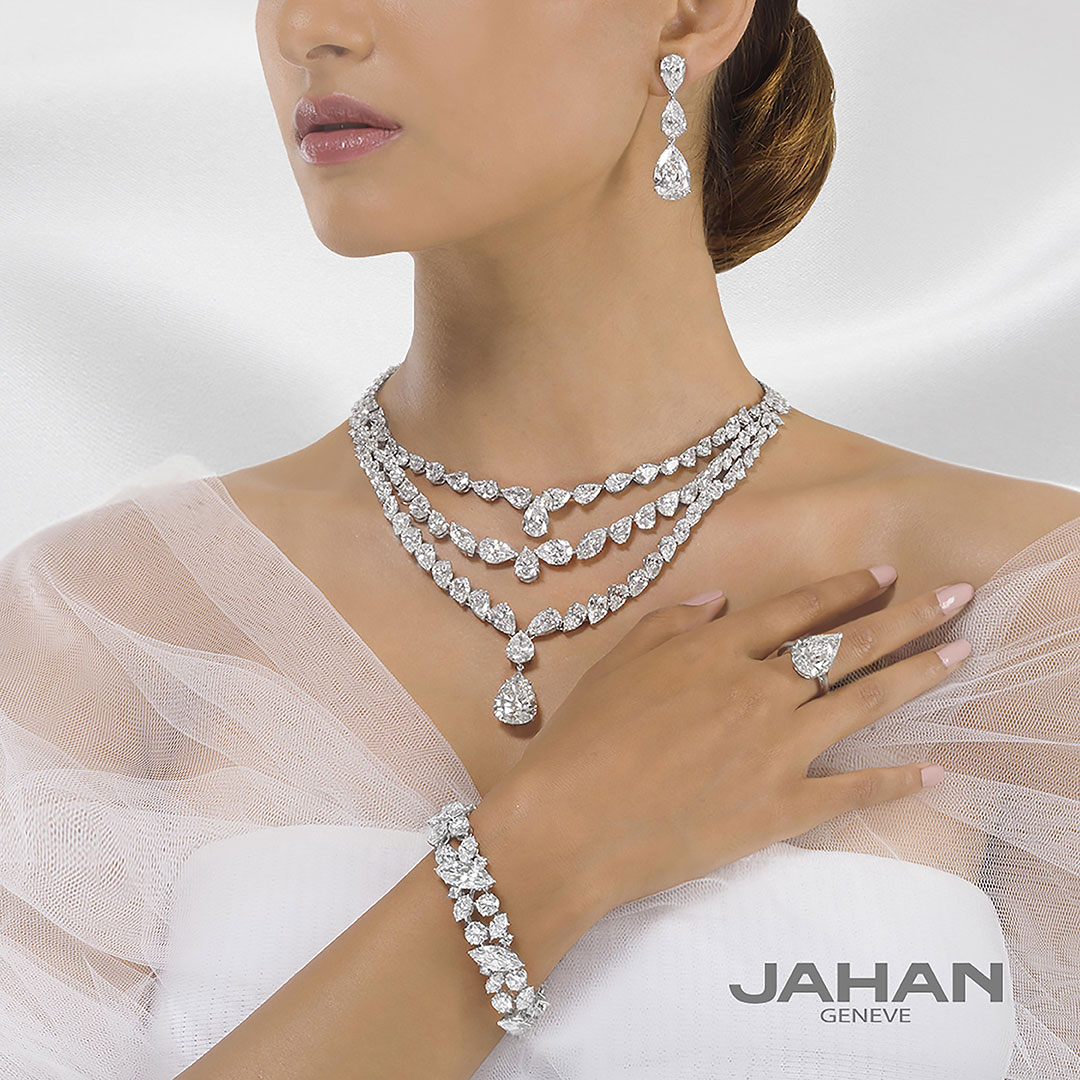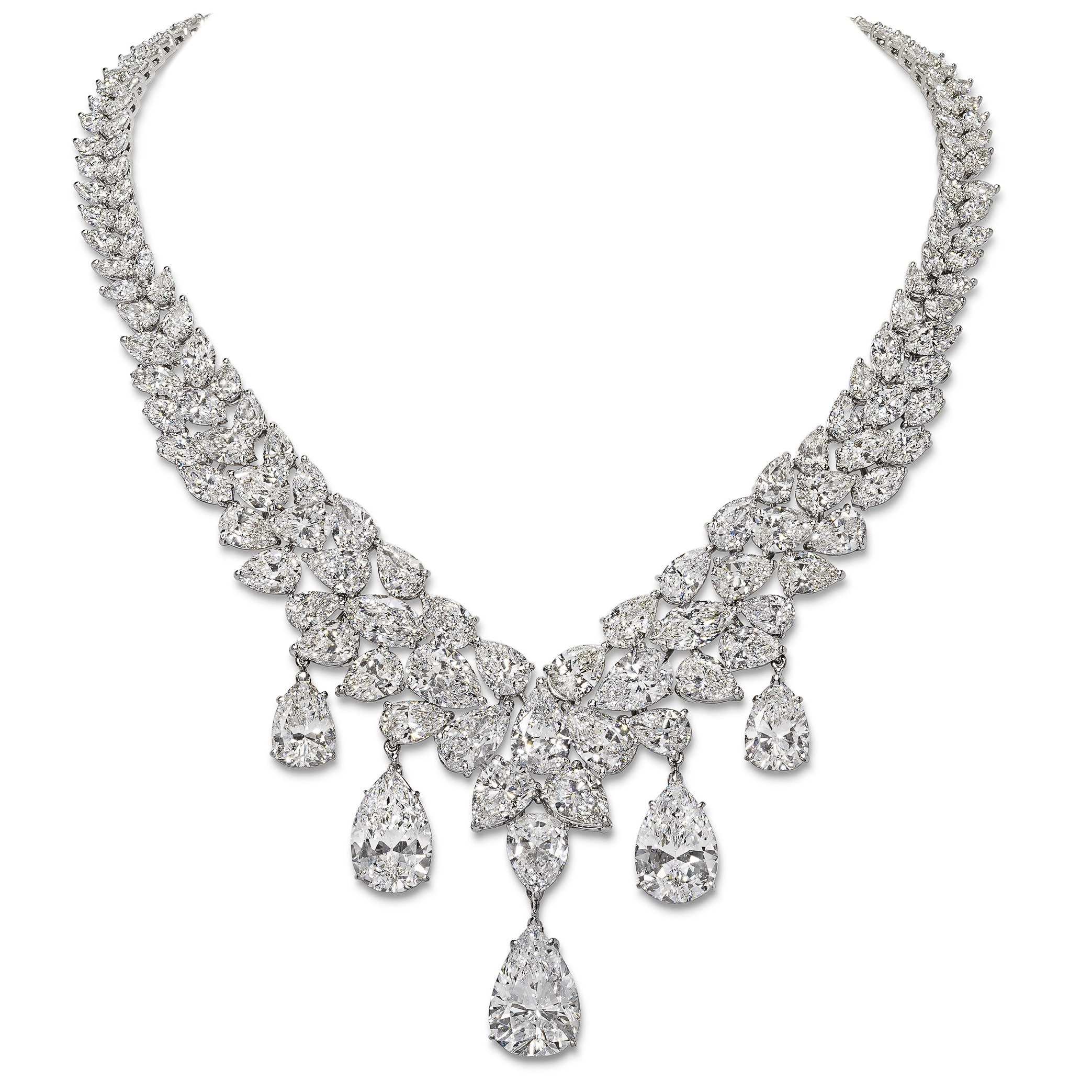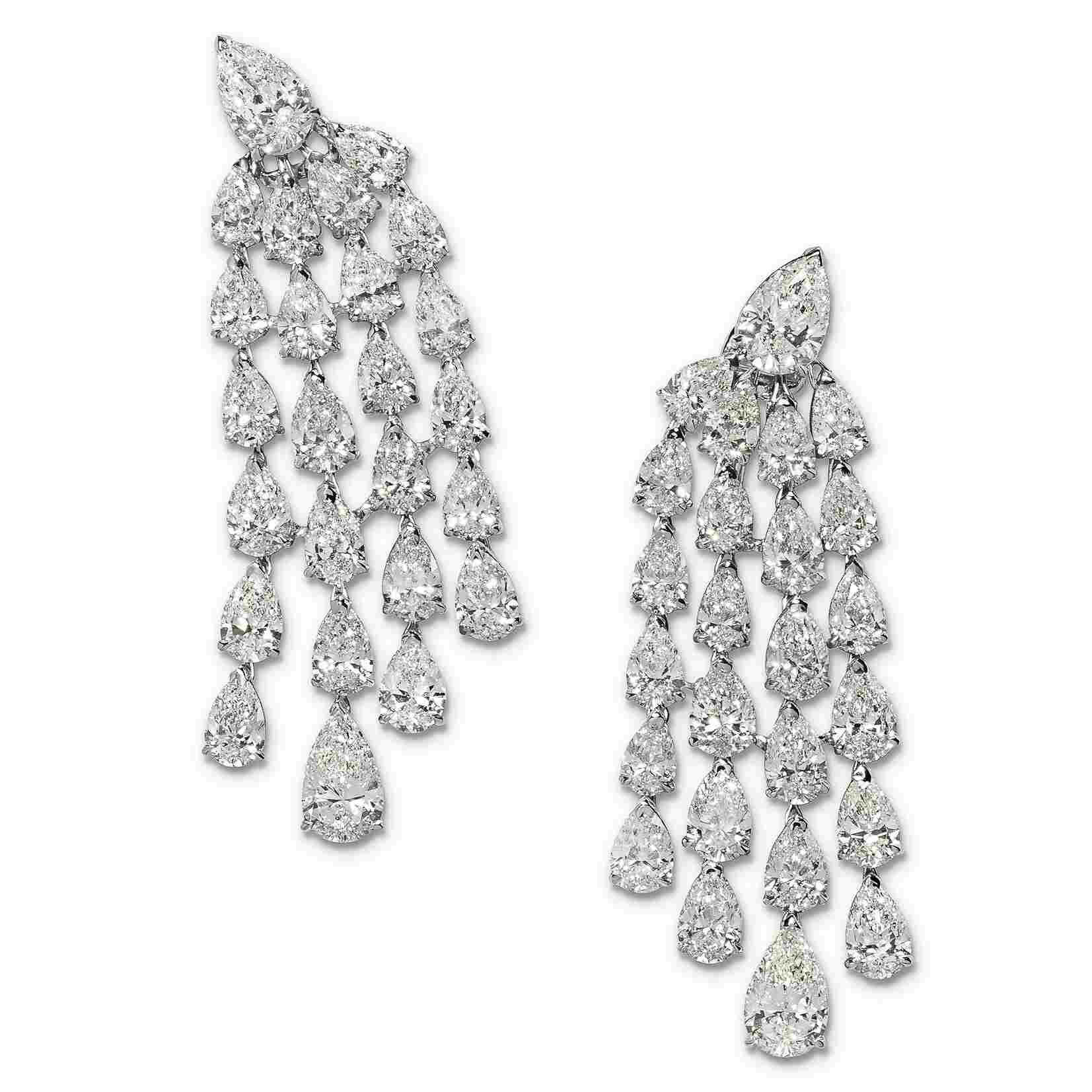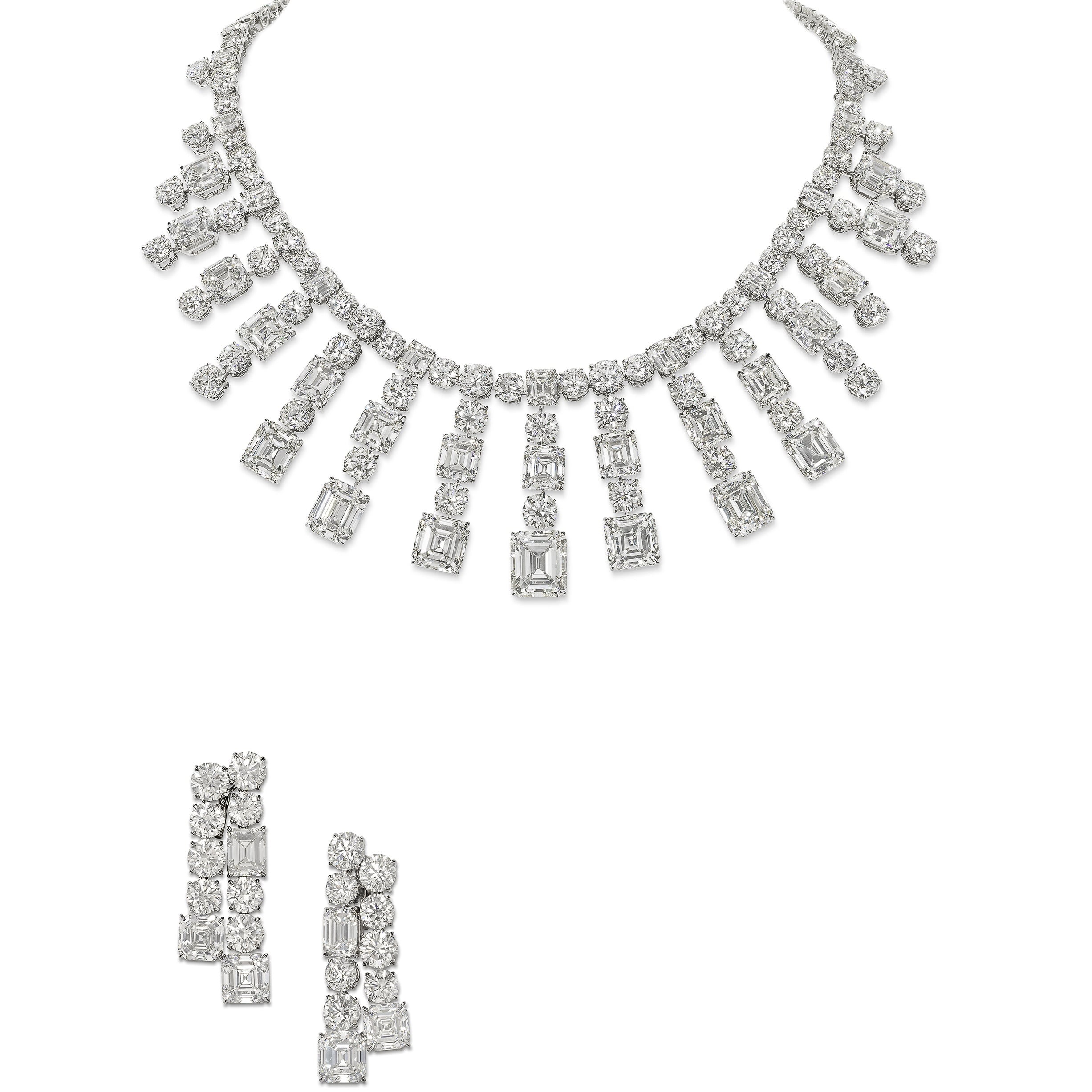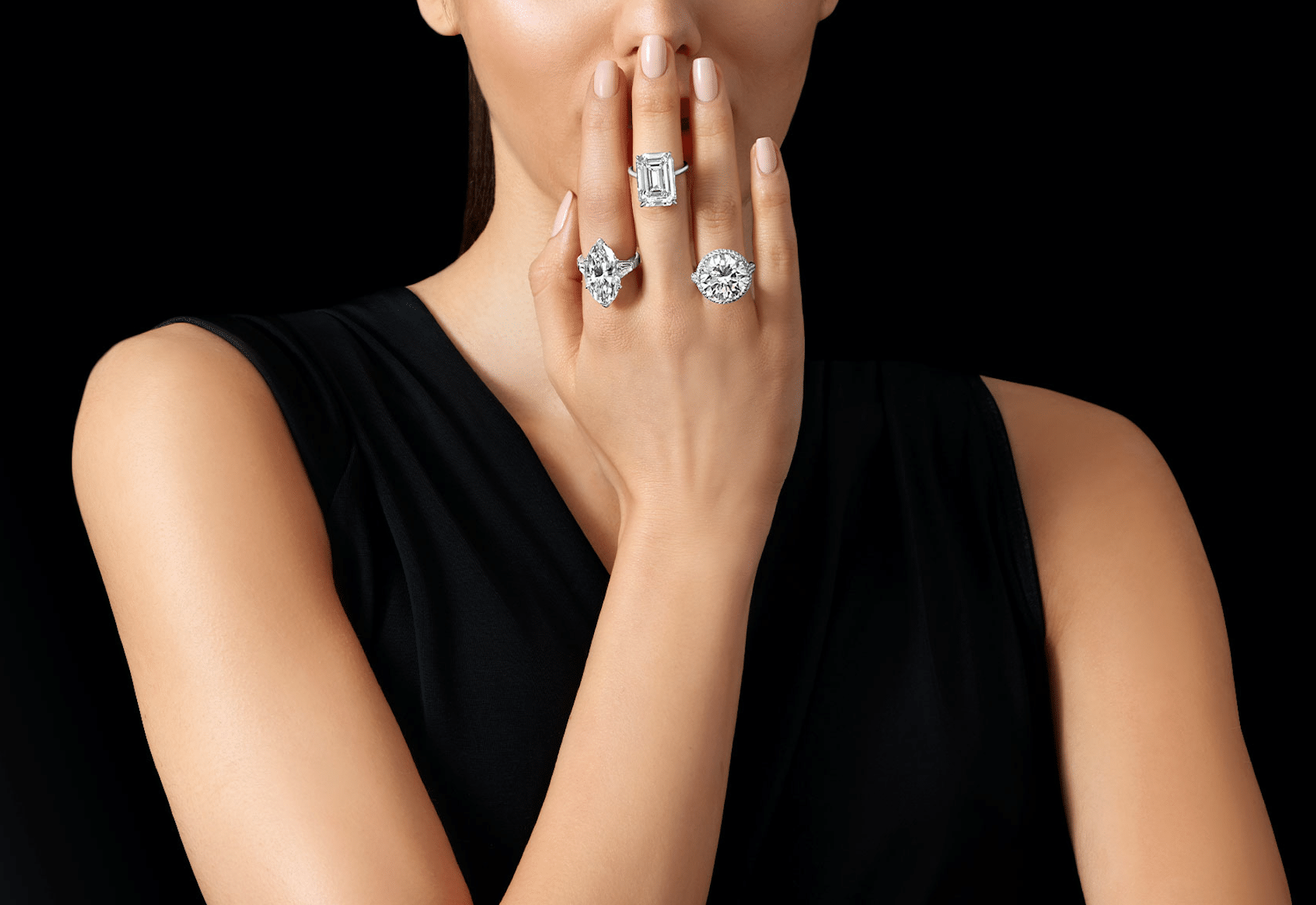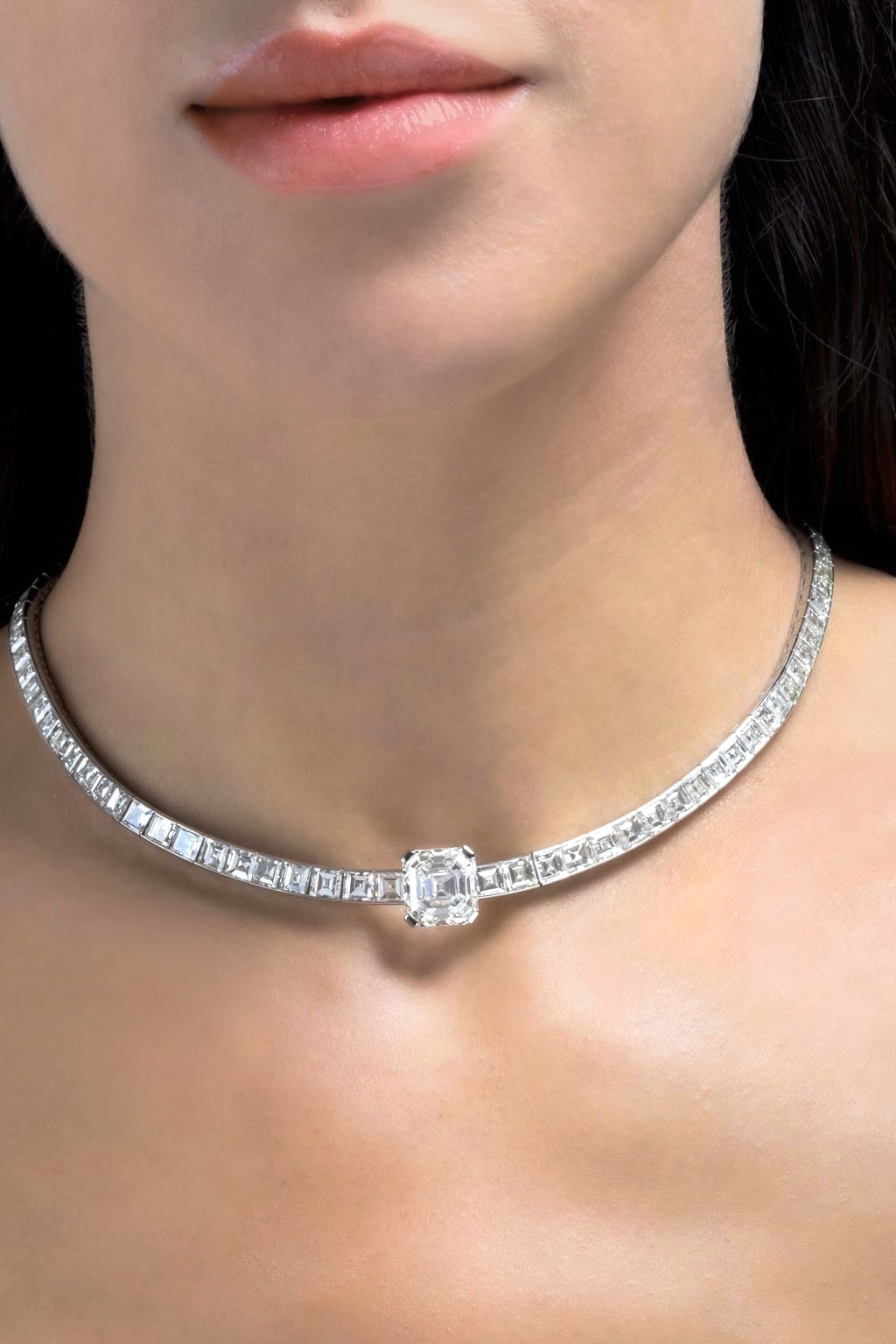White Diamond Jewels blog
Diamonds are the most recognisable gemstone in the world. For thousands of years, countless cultures and societies revered diamonds as the pinnacle of quality; the highest standard of excellence.
As the ultimate symbol of purity and luxury, the value of diamonds has consistently grown throughout history. Today, they are one of the most concentrated stores of wealth. A single carat of the rarest diamonds is worth millions of dollars.
Sourcing, studying, and celebrating the finest diamonds in our jewellery has been our family’s passion for generations. We invite you to discover some of our most extraordinary diamond jewellery by visiting the link below.
The History of Diamonds
Diamond mythology commonly starts with ancient cultures who believed diamonds were the “stone of invincibility,” giving the wearer strength, courage, and protection. Even since these early times, diamond signified innocence and purity. They also represented inner strength of character.
The classic Greek Philosopher Plato suggested that spirit lived within these fabled gemstones, adding to the mystical powers that surround them. The Greeks thought diamonds were broken splinters from fallen stars or tears of the gods.
In Ancient Egypt, many believed that diamonds represented the sun, which was a symbol of life, power, and truth. Ancient Egyptians would often place diamonds in middle of the ankh, the Egyptian hieroglyph meaning life.
Diamonds were used as a symbol of protection, power, and love since the beginning of time. To this day, they remain an adored gem.
How are diamonds formed?
Diamonds formed under immense heat and pressure, hundreds of miles below the earth’s surface.
They are the only gemstone made from a single element: carbon. Each carbon atom configures robust short bonds with four adjoining carbon atoms. This process creates a structure so tough that only another diamond would be able to scratch it.
Brought to the surface millions of years ago by volcanic eruptions, diamonds were distributed over time by travelling thousands of miles down rivers and other waterways as the host rock eroded. However, many remained rooted in the congealed igneous rock, Kimberlite.
Where do diamonds come from?
In the relatively recent history of diamonds, India became the world’s foremost source in the 1400s. Brazil followed as the most prolific source in the 1700s. In the 1800s, the largest ever mine was found in Southern Africa.
Africa continues to be one of the most productive sources of diamonds in the world today along with North America, Russia, and Australia.
Mining of diamonds
Although millions of carats are mined annually around the world, it is estimated that less than 5% of diamonds will make it to the jeweller’s counter. From this small selection, only a fraction of these commercially viable diamonds meet our strict quality guidelines.
There are three main types of diamond mining:
- Pipe mining consists of eliminating deposits of sand and rock discovered just above the kimberler. The ore of the pit is subsequently fragmented by methods of blasting. Once broken it is collected and taken to a primary ore crusher where the magnificent diamond extractor process begins.
- The industrial alluvial process begins with a large wall being built to collect water from downstream rivers and streams. This is because after thousands of years of wind and rain the kimberlite pipe that reaches the Earth’s surface starts to erode. Rough diamonds from the Kimberlite become merged with materials such as mud and clay and are transported through these water sources.
- Marine mining entails extracting diamonds from the sea bed, deep down in the depths of our ocean. In earlier days of marine mining, a swimmer would collect diamond-bearing gravel from the shallow seabed but as technology had advanced, ships with special techniques are used.
The coast of Namibia is the richest known source of marine diamond deposits which accounts for 64% of their diamond production.
“The potential for (a rough diamond crystal) to make it to the jewelry counter varies from crystal to crystal, but just around 5% of all diamonds found are gem quality.”
Gemological Institue of America
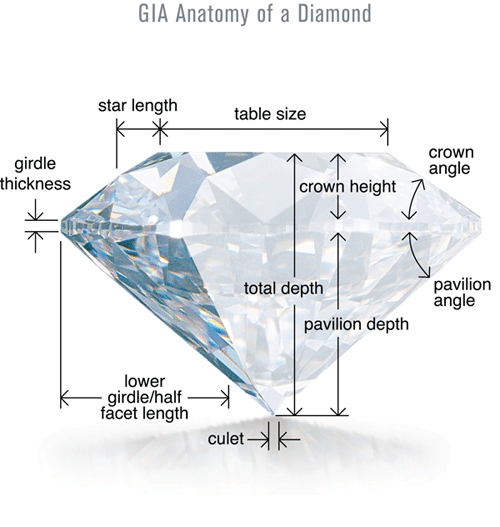
Anatomy of a Diamond
Although millions of carats are mined annually around the world, it is estimated that less than 5% of diamonds will make it to the jeweller’s counter.
Although every diamond is unique, they share certain structural features. Every diamond consists of five main components:
- Table: The largest polished facet found on the surface of the diamond
- Crown: The section between the middle of the diamond and the surface.
- Girdle: The widest edge of the diamond that runs like a belt across the diamond and connects the top and bottom parts.
- Pavilion: The bottom part of a diamond below the middle section,
- Culet: The small or pointed facet at the bottom of the diamond.
We consider a diamond to be ‘well-cut’ if its anatomical components correspond well to each other. When a diamond is well-cut, light enters the table, interacts with the facets and escapes back from the table.
If a diamond is to shallow, it may appear lifeless because light leaks from the sides instead of returning through the table. If the diamond is cut too deep, light again escapes out the sides and diminishes the overall brilliance.
Girdle thickness is important for the sparkle and strength of the diamond when it is set in jewellery. If the girdle is too thin, the facets of the crown meet the facets of the pavilion to form a knife-edge. This becomes the weakest part of the diamond’s crystalline structure. Diamonds with this effect are much more susceptible to damage compared to diamonds with well-proportioned girdles.
If the girdle is too thick, grey reflections appear in the table and the diamond appears smaller when viewed face-up because too much weight becomes ‘dead weight’ in the girdle.
What is fluorescence in a diamond?
Some diamonds emit a visible glow when exposed to ultraviolet light. On a diamond report, fluorescence refers to the strength of the diamond’s reaction to long-wave UV which is an essential component of daylight. Scales will usually range from: None, faint (slight), medium, strong and very strong.
White diamonds that fluoresce typically emit blue light. Fancy coloured diamonds can fluoresce in different colours. Notably, yellow diamonds can fluoresce with blue or yellow light when exposed to UV light.
Depending on its intensity, fluorescence does not always necessarily affect the visual appearance of a diamond in non-UV light conditions. In some cases, a strong to very strong degree of fluorescence can result in the diamond appearing milky.
“In a study of more than 26,000 diamonds submitted for grading to GIA, researchers found that only approximately 25% to 35% of them exhibited some degree of diamond fluorescence when examined with a standard long-wave UV lamp. “
Gemological Institute of America
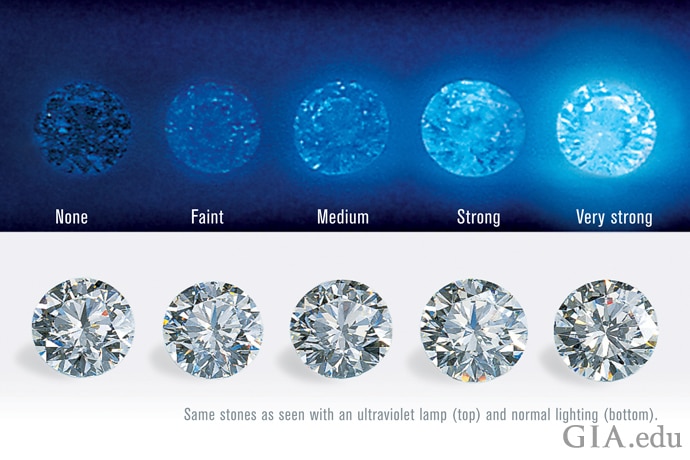
Which diamond shape suits you?
There are over 10 popular diamond shapes including round brilliant, pear shape, oval, emerald cut and cushion cut to name some of the most famous ones. The shape of the diamond refers to how it looks ‘face up’. We invite you to our Boutique where our proficient advisors would be delighted to help you find the most flattering shape for you and your jewellery.
How to choose the perfect diamond
Choosing a diamond is a joyful experience. To ensure you make the best decision, we recommend that you follow the below steps.
First, set a price range. You may later decide that you want to stretch a little further to get a particularly captivating piece. However, starting with a range is your first important filter.
Second, choose the ideal diamond shape for you. All diamond shapes have their own unique elements. If you are acquiring the diamond for someone else, it is always more special if you get the shape they desire most. If you are not sure about their preference, we can advise you in store about the different options.
Third, familiarise yourself with the diamond rarity factors or ‘4 Cs’: carat, colour, clarity, and cut. Our client advisors are all diamond experts with extensive experience helping clients like you find the perfect diamond. Whether you are new to these concepts or you have already done some research, our advisors will help you find the beautiful diamond you seek!
Fourth, select the rarity factor that is most important for you. This helps you narrow down your choices even further.
Fifth, strike the right balance between all the rarity factors. Even though you should prioritise one factor, it is important to set a minimum standard for the other factors to achieve an attractive balance.
